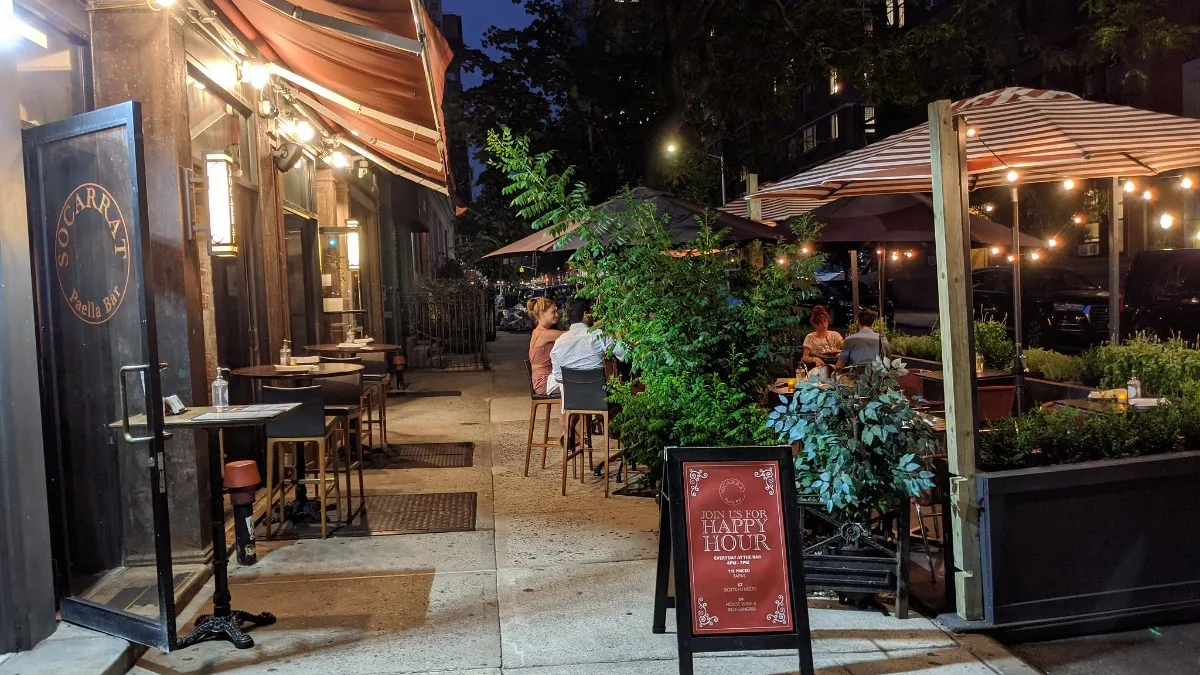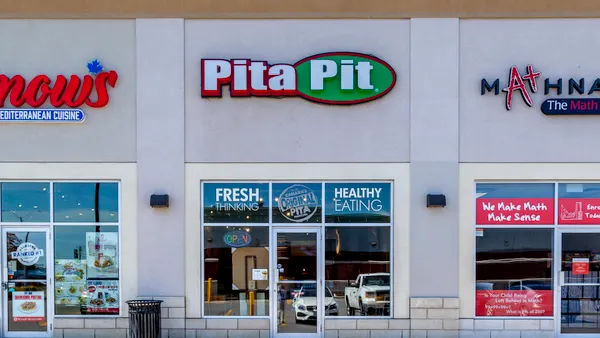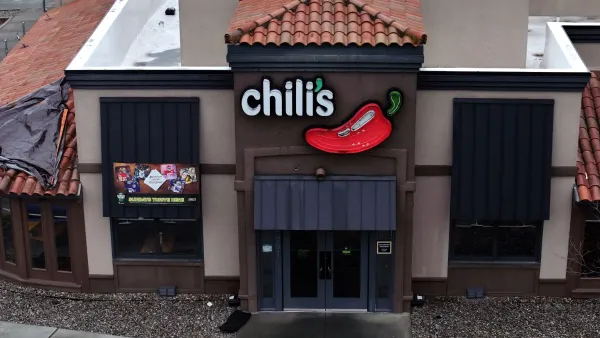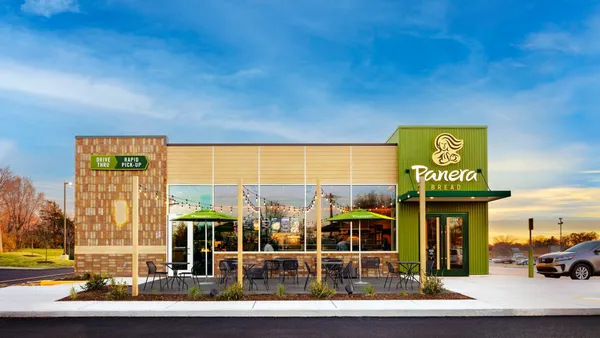Dive Brief:
- New York City Mayor Bill de Blasio announced heating guidelines Wednesday for local restaurants that plan to continue offering outdoor dining in the fall and winter as part of the city's Open Restaurants program. Restaurants are permitted to use electric radiant heaters for sidewalk and roadway outdoor seating, natural gas radiant heaters for use on sidewalks only and portable propane heaters for sidewalk use only. Propane heaters will be regulated by the New York City Fire Department.
- Restaurants with private outdoor dining spaces can use heaters subject to guidance from the FDNY or the New York City Department of Buildings. The FDNY, DOB and Department of Transportation is working to streamline the permitting processes for this equipment to make installing outdoor heating options as simple as possible for businesses.
- This outdoor dining guidance follows restaurant closures and confusion under Gov. Andrew Cuomo's new "Cluster Action Plan." Under the guidance, which took effect last week, restaurants in "red zones" are not allowed to seat customers for indoor or outdoor dining. In "orange" zones they can only seat guests outside with table capacity restrictions, and in "yellow" zones they can serve diners inside their dining rooms and for patio seating with table capacity restrictions.
Dive Insight:
The heater guidance will help New York City restaurants move forward with their plans to make outdoor dining possible as winter chill creeps in the Northeast. Transparent expectations for winter equipment will help restaurants stay in compliance, which is key now that Cuomo's COVID-19 cluster-based closures could shutter more businesses if the virus continues to rise in the city.
The New York City Hospitality Alliance praised de Blasio's guidance for heating equipment.
"We commend the City Council for passing legislation extending the critically important, temporary outdoor dining program for one year and allowing the use of heat lamps to keep customers warm during the colder months. Outdoor dining has been monumental to reviving thousands of struggling restaurants able to avail themselves of the program, protecting jobs, and returning a sense of vibrancy to our neighborhoods," NYCHA Executive Director Andrew Rigie said in an emailed statement. "Although outdoor dining has been overwhelmingly successful, the city’s restaurant industry is still on life support and its survival depends on safely expanding indoor dining occupancy to 50% soon, and the federal government immediately passing The Restaurants Act."
De Blasio made New York City's Open Restaurants and Open Streets outdoor dining programs — which were initially set to expire Oct. 31 — permanent in late September. More than 10,000 restaurants currently participate in the city’s Open Restaurants program, which de Blasio said last month has saved almost 100,000 jobs. The combination of this expansion plus approval of winterization efforts could be a lifeline for local restaurants, but only if diners are willing to brave inclement weather in the coming months. It may take more than a few heaters to sustain steady patio traffic throughout the winter.
Local restaurants are allowed to use partial tent enclosures to keep diners warm so long as at least 50% of the tent's side wall surface area is open. Full tent enclosures are also permitted and the side walls can be closed, but occupancy limitations will be capped at 25% of capacity, and indoor dining guidelines must be followed. Enclosed structures, such as plastic domes, are also permitted for individual parties but must have adequate ventilation to allow for air circulation. Though these guidelines offer restaurants opportunity to keep outdoor dining enticing, the costs of these additions add up, especially when restaurants are sitting on such thin margins.
New York City restaurants do have the opportunity, however, to receive $5,000 individual cold weather grants from DoorDash. The delivery platform is allocating $2 million to local restaurants with three or fewer locations in Chicago, Denver, New York City, San Francisco, Philadelphia and San Jose, California. Restaurants will be selected based on factors including climate, limits on indoor dining and local population.














